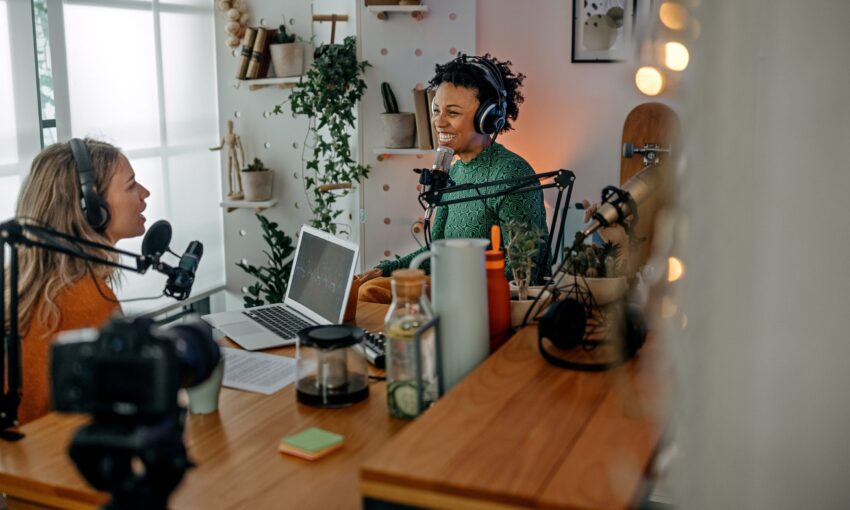The U.S. podcast industry made $1.5 billion from advertising last year. That makes it sound like a bonanza, but the reality is more complicated.
The lockdowns were good for the podcast industry. In 2019, 275 million people listened to a podcast at least once a month. Last year, that number increased to 384 million, and this year, it is expected to reach 424 million.
The problem is that the number of podcasts increased more quickly. Pre-pandemic, Spotify hosted 450,000 podcasts. Now, it hosts about 2.9 million. In other words, there was a 540% increase in the number of podcasts but just a 40% increase in the size of the audience.
Why is that? Well, partly it has to do with Spotify’s business model. In music streaming, it has to give about 75% of its revenue straight to record labels. It’s only fair—labels and musicians produce the music. But this also explains why Spotify has never posted a net profit since becoming a public company.
Spotify’s solution has been to pivot more towards podcasts. On the whole, podcasts have a fixed cost that doesn’t increase in lockstep with the number of listeners. That’s why Spotify is hiring big names like Joe Rogan, Prince Harry, and Meghan Markle. The goal is to move toward a model similar to Netflix’s. With podcasts, Spotify can make money twice—through subscriptions and advertising.
But if it’s a good deal for Spotify, is it also a good deal for the millions of podcasters? The market is tough. Yes, advertising revenue is increasing, but not as quickly as the number of new podcasts. In 2019, U.S. podcast advertising revenue hit $708 million, averaging about $1.5 million per podcast. Now, total revenue has more than doubled to $1.5 billion, but with so many more podcasts, the average revenue per podcast has dropped to just $500,000.
Of course, in reality, very few podcasters are making anything close to that. Most of the value is concentrated at the top, while the long tail of small podcasts with small audiences barely makes any income at all. This puts a real premium on discoverability—how easy it is to find a show. It has also made Apple and Spotify into powerful gatekeepers.
There is a potential conflict of interest here. Both Apple and Spotify produce their own content. They have the opportunity and incentive to give their own shows preferential treatment. According to Matt Deegan, the creative director of Folder Media, which produces podcasts:
“Will the curatorial places on Spotify become more about Spotify originals than third-party content? I don’t think it’ll ever go 100%, but already about 20% of curatorial spots go to Spotify’s own content, even though Spotify doesn’t produce nearly 20% of the big podcasts out there.”
There’s also little stopping them from following the playbook of social media companies. A decade ago, brands and public figures were encouraged to build public profiles with the promise of reaching huge audiences. But over time, the algorithms were tweaked, so even those with a million followers might reach only 1% of their audience—unless they paid for better placement.
That is now the risk for podcasters: that success becomes a pay-to-play game. Spotify is already doing this in the music space, allowing artists to pay for promotion of their new releases.
This is why audio giants like the BBC and Luminary are building their own apps. They don’t want to be at the mercy of Apple and Spotify. There is a real contest for your ears, and the industry is turning up the volume.

